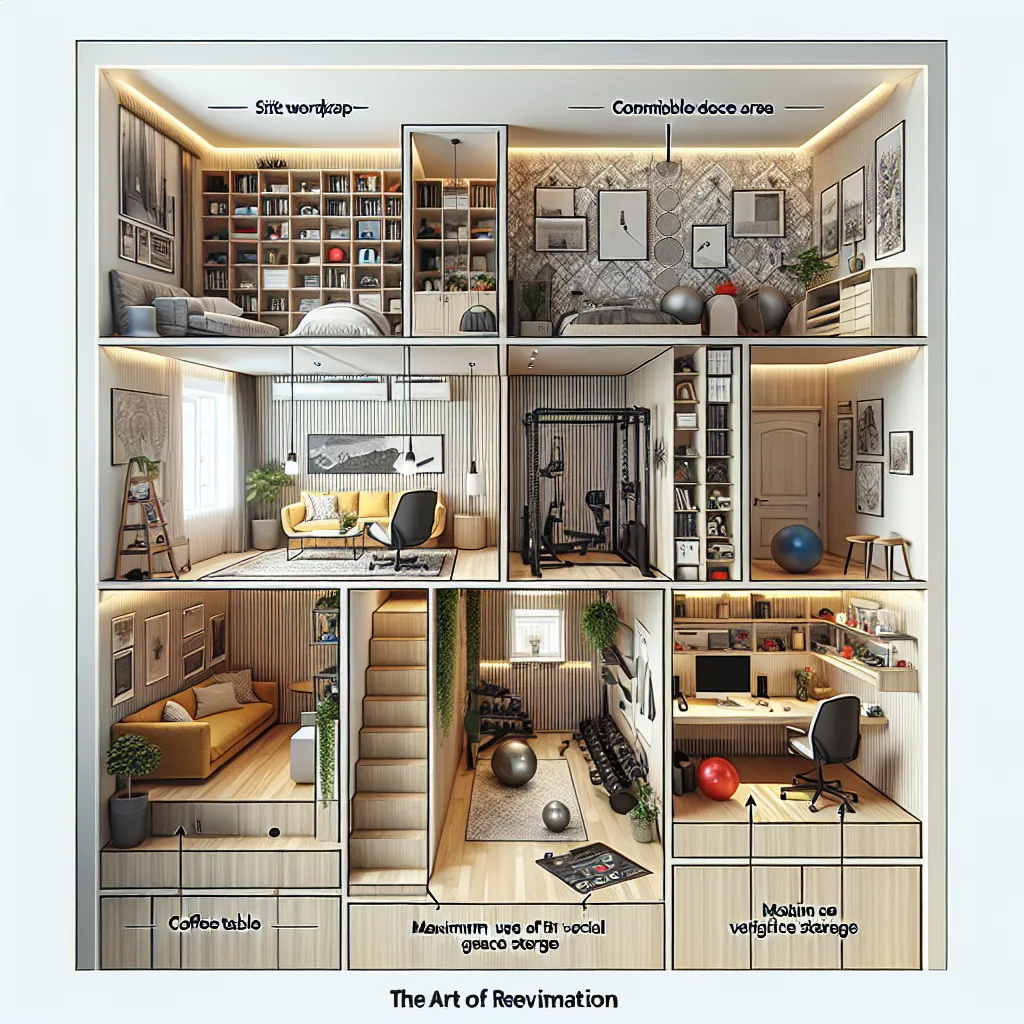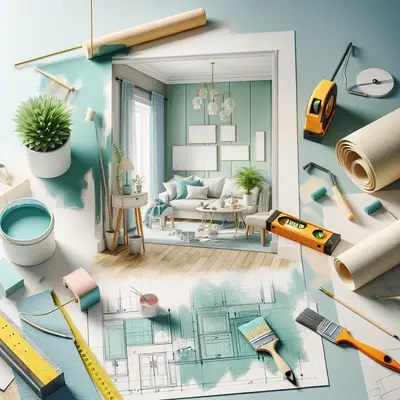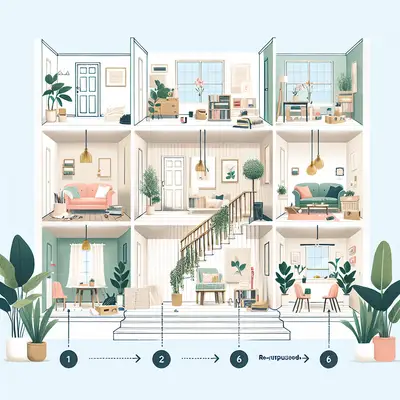Step 1: Identify Your Needs
Before you start the transformation, it's essential to identify your needs. Do you need a home office, a playroom, a guest room, or a fitness area? Maybe you need a combination of these. Make a list of your needs and prioritize them. This will guide your renovation and help you make the best use of your space.
Step 2: Design Your Layout
Once you've identified your needs, start planning your layout. Consider things like furniture placement and storage options. If you're combining a home office with a guest room, for example, you might want a fold-out couch or a murphy bed to save space. Use online tools or sketch a rough layout to visualize your plans.
Step 3: Choose Versatile Furniture
Furniture plays a crucial role in a multipurpose room. Opt for versatile pieces that can serve multiple functions. For instance, a desk can double as a vanity, or a daybed can serve as a sofa during the day and a bed at night. Invest in quality pieces that are durable and match your style.
Step 4: Utilize Storage Efficiently
Storage is key in a multipurpose room. Use creative storage solutions like ottomans with storage space, shelves, or storage boxes that slide under furniture. This will help keep your room organized and clutter-free, making it easier to transition from one function to another.
Step 5: Decorate Flexibly
When decorating, choose pieces that fit all the room's functions. Use neutral colors for large items like walls and furniture. Then, add color with accessories like pillows, rugs, and wall art. This way, you can easily change the mood of the room by swapping out a few elements.
Conclusion
Creating a multipurpose room is the perfect solution for making the most of your home's potential. By identifying your needs, planning your layout, choosing versatile furniture, utilizing storage, and decorating flexibly, you can create a room that serves multiple functions while maintaining a cohesive design. Happy renovating!



